In today’s B2B landscape, building a great product or service is just the starting point. The real challenge is getting in front of the right audience and creating enough interest for them to come to you — not the other way around. Demand Generation is the modern solution to this challenge. It’s about educating your ideal customers, building trust over time, and becoming the obvious choice when they’re finally ready to buy.
In this guide, I’ll walk you through what Demand Generation is, why it’s critical for B2B success today, and exactly how you can build a powerful strategy to generate high-quality inbound leads for your business.
What is Demand Generation and Why It Matters
At its core, Demand Generation is about creating consistent awareness and desire for your product or service among your ideal customers. It’s a shift away from the old-school B2B tactics, where marketing teams relied heavily on gated content and aggressive sales follow-ups.
In the traditional model, prospects downloaded a whitepaper or attended a webinar, only to be immediately added to a drip campaign or contacted by sales — often when they weren’t ready. This led to frustration, wasted resources, and poor-quality leads.
Demand Generation flips that approach. Instead of forcing people through a funnel, you nurture relationships by consistently offering valuable insights. You educate your audience about the problems they might not even know they have and position your brand as the natural solution. When prospects are ready, they will come to you — warm, informed, and highly qualified.
Building Your Demand Generation Strategy
A strong Demand Generation strategy doesn’t happen by accident. It requires a clear plan, patience, and the right mindset. Here’s how you can build it step-by-step.
The first and most important step is making sure you can track what’s working. Traditional analytics tools often miss the full story. That’s why implementing self-reported attribution is essential. Simply add an open-ended question to your contact forms — “How did you hear about us?” — and dive deeper during initial sales conversations. This will reveal the real paths people take to find you, far beyond what your CRM shows.
Once you have proper measurement in place, the next step is defining your Ideal Customer Profile (ICP). Focus on the small group of customers who get the most value from your offering — often the ones responsible for 80% of your revenue. Understanding who you are targeting ensures your content, messaging, and campaigns are laser-focused.
With your ICP clearly defined, it’s time to craft your core messaging. In competitive markets, blending in is a death sentence. What makes you different? What narrative do you want prospects to associate with your brand? This messaging needs to be consistent across every touchpoint.
Next comes selecting the right channels. Depending on your resources and where your audience spends time, you might lean on organic strategies like LinkedIn, SEO blogs, podcasts, or email marketing. Or you might use paid media like LinkedIn Ads, Meta Ads, or YouTube. Regardless of the channel, the key is consistency — and creating content that genuinely resonates with your audience, not just pushing promotional material.
To make all this work, you’ll need a clear plan for who will create the content and who will distribute it. For example, if you’re focusing on LinkedIn, decide if your founder, sales leader, or marketing team will be posting. If you’re running ads, define who writes the copy, designs creatives, and manages campaigns.
Staying Consistent and Measuring Success
Consistency is everything in Demand Generation. That’s why setting milestones is critical. How often will you post? How many blogs or videos will you produce each month? Who’s responsible for review and publishing? Having clear processes keeps momentum going even when things get busy.
Along with milestones, it’s important to form hypotheses around expected outcomes. You need to set goals — not just vanity metrics like impressions or clicks, but real business outcomes like inbound leads mentioning specific channels or campaigns.
Then comes experimentation. Roll out your campaigns and stick with them for at least three months. Demand Generation is a long game — it takes time to build awareness, trust, and desire. After a few months, you’ll have enough data to assess what’s working and what isn’t.
If your campaigns perform well, the next phase is proving repeatability. Can you replicate those results consistently? True success in Demand Generation isn’t about a one-time win; it’s about building a repeatable, predictable engine for growth.

Scaling Your Demand Generation Engine
Once you’ve found strategies that deliver results and can repeat them reliably, it’s time to scale. You can increase your content output, invest more into successful ad channels, or expand your team. The goal is to maximize what’s already working while keeping your quality and messaging strong.
Eventually, Demand Generation should become a core part of how your marketing and sales teams work together — with marketing focused on creating demand and driving qualified leads, and sales focused on closing ready-to-buy prospects.
Need Help Building Your Demand Generation Strategy?
Building a Demand Generation engine takes time, expertise, and resources. If you’re ready to accelerate your growth but need support setting up or executing your strategy, Leadful is here to help.
Our team specializes in crafting custom Demand Generation programs that drive consistent, high-quality inbound leads for B2B businesses. If you’d like to explore how we can help you, feel free to book a free Demand Generation strategy session with us.
Let’s build something remarkable — and make sure your best customers find you before they find anyone else.


Leave a Reply